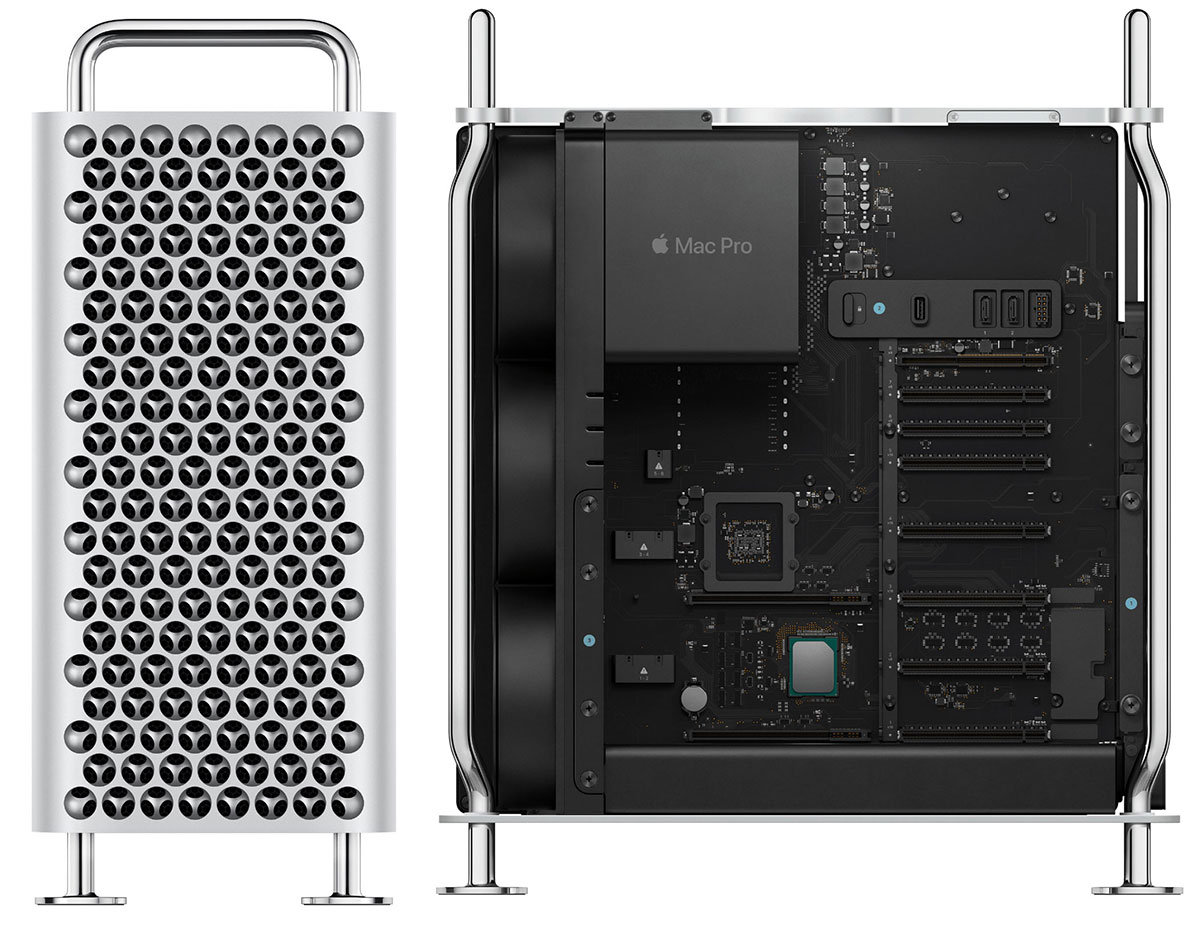
Apple still has one Intel-based product to transition to Apple silicon: the Mac Pro. We think Apple may introduce it at WWDC in June, complete with a new M2 Ultra chip.
But it’s hard to imagine why a Mac Pro with Apple silicon even needs to exist, except for Apple to save face. What has always been a niche product has had its market squeezed even more by the Mac Studio. There may be people waiting for people to buy whatever an Apple silicon Mac Pro is, but it’s an even smaller number than those who bought the existing Mac Pro.
The latest rumors suggest that the Mac Studio won’t get its expected update–from the current M1 Max and M1 Ultra configurations to M2 Max and M2 Ultra–at WWDC. In fact, Apple may skip the M2 generation entirely, leaving the M2 Ultra as an exclusive chip for the Mac Pro and the M2 Maxas a MacBook Pro-only chip.
So why would Apple wait for the M3 to update Mac Studio? Probably because there would be very little to differentiate it from the Mac Pro. And that makes sense, but it begs the question: If Apple has to avoid updating Mac Studio to make the Mac Pro more appealing, why even make it at all?
Apple Silicon and upgradeability
The problem, if you can call it that, is Apple silicon. Apple’s fantastic M-series processors achieve such fantastic performance at relatively low power consumption in part because they’re so tightly integrated. The CPU, GPU, Neural Engine, media encoders/decoders, and other parts are all part of a single piece of silicon, sharing caches and communicating with each other at lightning speed. It’s a system-on-chip (SoC) approach that was popularized in the mobile world to improve the power/performance equation and make the best use of very limited space.
By putting the system on the chip, the components are all bundled. Memory is unified–meaning it is soldered on the same board or stacked on top of the chip–which provides an extremely wide and high-speed memory interface. The GPU is integrated. Even storage is kept close to the SoC, with custom interfaces and caches.
It’s not impossible to disassociate these things, but it’s a huge technical challenge that would almost certainly come with a performance cost. Would Apple go through all that trouble for a single extremely high-end Mac product that sells maybe a few thousand units per year at most?
In other words, you can expect the Apple Silicon version of the Mac Pro to possibly have upgradeable storage and that’s about it. You won’t be able to swap out the CPU, GPU, RAM, or any of the associated parts like the Neural Engine or video encoders. It’s possible the computer may sit on a motherboard that has PCIe slots for specialty cards required for very particular industries, but one wonders if those would even work in a non-Intel-based Mac and what work would need to be done to make them play nciely with Apple silicon’s architecture.

Apple
Just upgrade Mac Studio and be done with it
There’s no reason to think the current Mac Studio configuration can’t handle an M2 Ultra chip. Given the power draw of M2 Pro and M2 Max, they appear to be in line with M1 Pro and M1 Max–thus, the Mac Studio’s copper thermal module made for the M1 Ultra would need very little adjustment, if any, to efficiently cool the chip.
A maxed-out configuration for an M2 Ultra would have 192GB of RAM, 8TB SSD, HDMI 2.1, and six Thunderbolt 4 ports. The price for that configuration? The top-of-the-line M1 Ultra Mac Studiowith 128GB of RAM tops out at $7,999, so maybe $8,499. Consider that the Mac Pro starts at $5,999 and to get 192GB of RAM and an 8GB SSD–with no CPU or GPU upgrade at all–costs $11,399. If you want to approach the performance of the M1 Ultra Mac Studio requires upgrades near $20,000.
If we make the very reasonable assumption that a maxed-out M2 Ultra Mac Studio would cost well under $10,000 and that an Apple Silicon Mac Pro wouldn’t have upgradeable CPU, GPU, or RAM, then what is Apple going to do? Charge an extra 10 grand just for the big case it comes in?
And who would it even be for? If Apple found a way to offer some sort of crazy M2 Ultra config with way more RAM and storage, the only customers who would choose to pay thousands of dollars more would be those who actually see a real benefit from having more than 192GB of RAM and 8TB of storage.
Sure, those customers exist, but there can’t possibly be enough of them to justify an entire product line. Back in the days before the Mac Studio, the Mac Pro offered a clear and massive step up from the rest of the Mac line. Yes, the market was small, but that was the only way to go if you wanted the ultimate Mac performance. With Mac Studio and an entire Apple Silicon architecture built around tight integration that inhibits upgrades, Apple would probably be better off retiring the Mac Pro for good.






